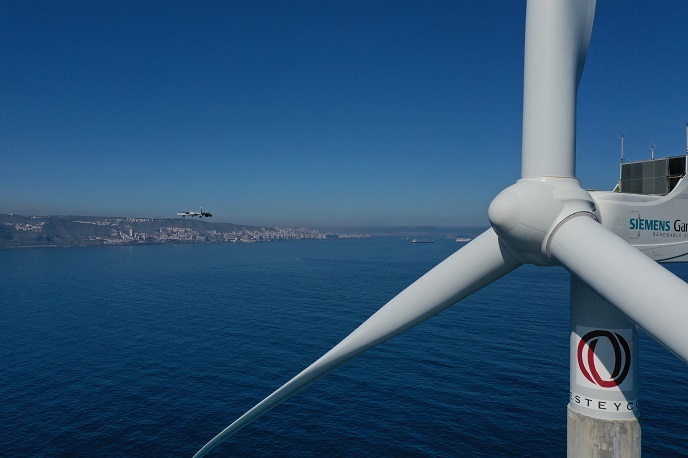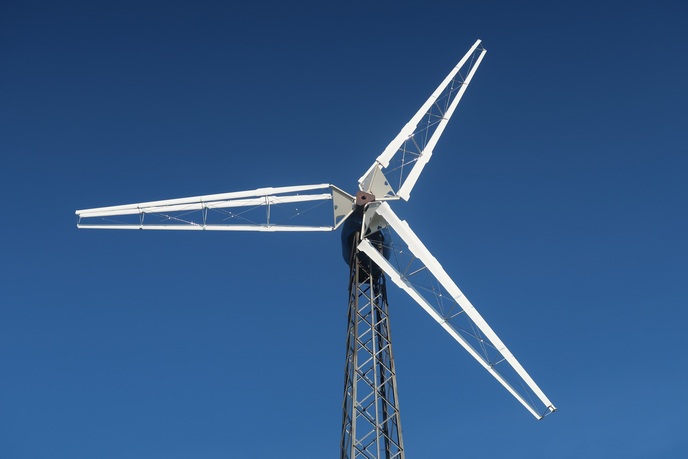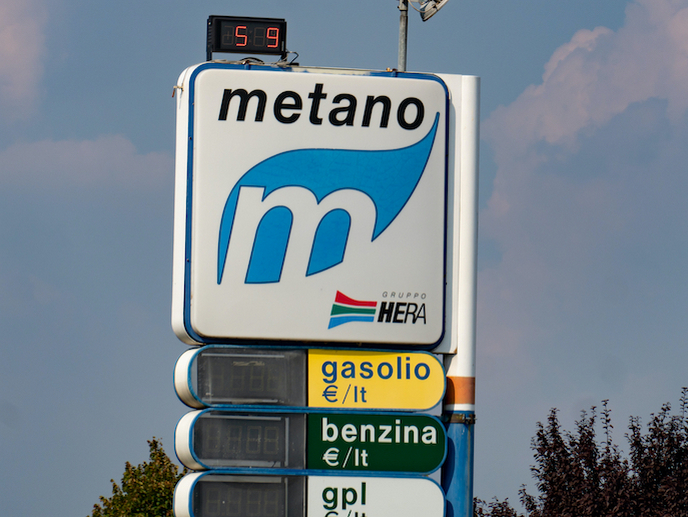Synthetic natural gas – a promising ‘battery’ for renewable energy
The EU is committed to reducing greenhouse gas emissions to between 80 % and 95 % below 1990 levels by 2050. Studies suggest that wind and solar power will be the two main pillars of the European energy transition. Storing excess electricity is increasingly important in providing an uninterrupted energy supply. The EU-funded ElectroGas project developed innovative technology based on electrolysis to convert electricity from wind and solar power into storable synthetic natural gas, which is highly efficient and environmentally friendly.
Power-to-gas storage
Using power to produce energetic gases such as hydrogen and methane is an old idea that is making a comeback as renewable power generation surges. These flexible energy carriers or gaseous fuels offer an energy storage solution to cover times of weak wind and sunlight. The first step in the process is to produce synthetic hydrogen from water and renewable power via electrolysis. Converting the renewable hydrogen into methane (the key ingredient of natural gas) or other hydrocarbons adds additional steps after the electrolysis process. One step involves the use of a reverse water-gas-shift reaction to convert CO2 into carbon monoxide. Another involves mixing hydrogen with carbon monoxide and CO2 to produce syngas. This gas is piped to a catalytic reactor to obtain hydrocarbons (methane, methanol, formic acid, etc.) Conventional techniques that are used to produce syngas from biomass require high temperatures (500-1 000 ºC) and high pressures (above 40 bar). ElectroGas demonstrates a revolutionary process that allows syngas production at lower temperatures (100 ºC) and pressures (under 4 bars).
A better alternative to energy storage
“The CO2 used in the process is produced directly in the electrolyser through the oxidation of bio-coal (biomass) electrodes to ensure a closed carbon cycle. If it stemmed from an external source (fossil), as in current industrial processes, the process would not count as carbon-neutral,” explains project coordinator José Campos Rodrigues. The lack of CO2 emissions also allows extension of renewable energy’s reach to remote areas. “Storing excess renewable electricity in synthetic natural gas could make any region or community autonomous, eliminating the need for importing fuels. Synthetic natural gas and liquid synthetic fuels are a huge business opportunity for investors, and a promising high-value specialisation poised to boost the European economy,” adds Rodrigues. Another advantage of using synthetic natural gas over other energy storage solutions (or other gas fuels) is that it is easy to store and transport. It can be fed into the existing natural gas infrastructure without any further processing. ElectroGas is also a better and more reliable alternative to back-up batteries used in off-grid energy systems – batteries cannot store energy at an affordable cost to balance out seasonal fluctuation. Ultimately, compared to pumped-storage hydroelectricity, ElectroGas has much less investment cost and does not affect the environment. Researchers are now working to scale their laboratory prototype into a 5-kW electrolyser. Field tests will have been conducted by end of 2020. ElectroGas technology could be instrumental in future renewable energy storage, helping the EU meet its goals for carbon emissions reductions. Synthetic natural gas offers a sustainable alternative to mobility and electrification of rural or isolated areas. It could act as a catalyst for high penetration (above 90 %) of variable renewables by the middle of the century.
Keywords
ElectroGas, synthetic natural gas, energy storage, CO2, renewable energy, solar power, methane, electrolyser







